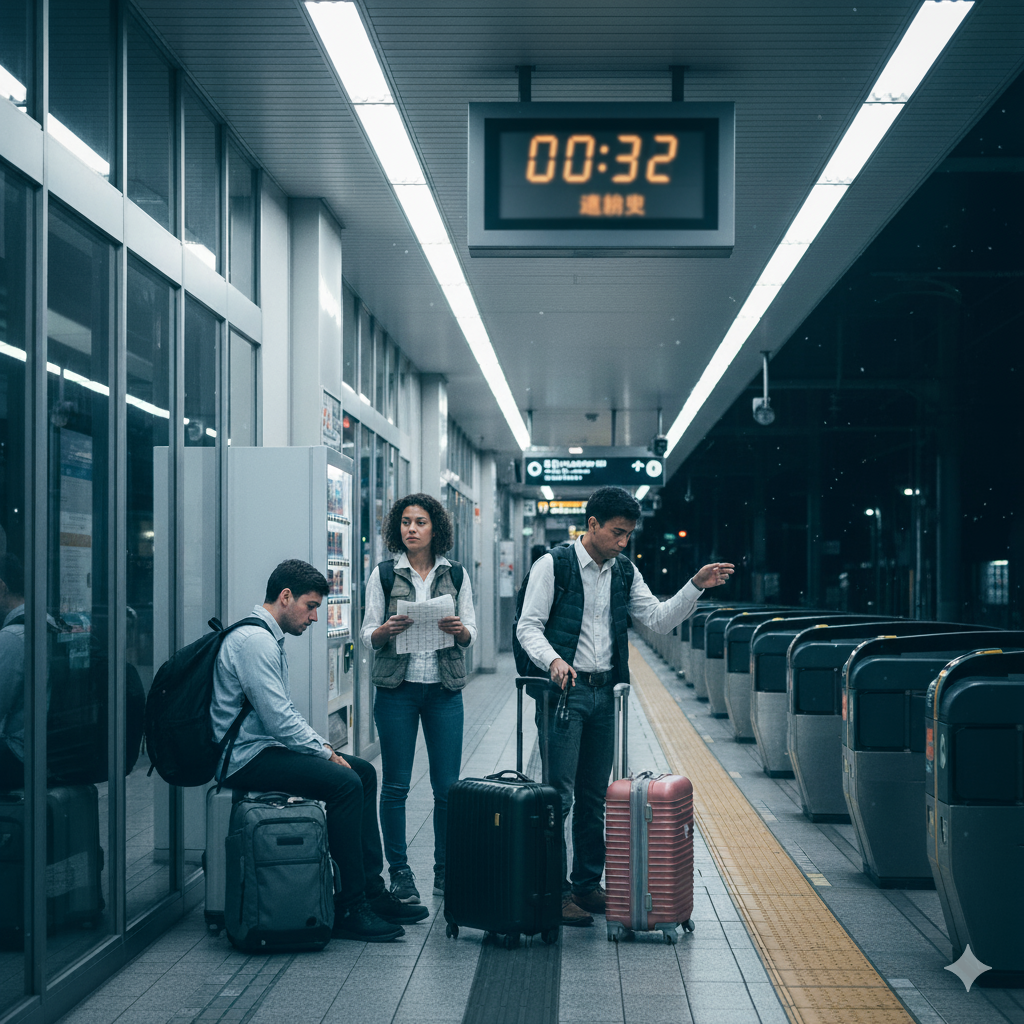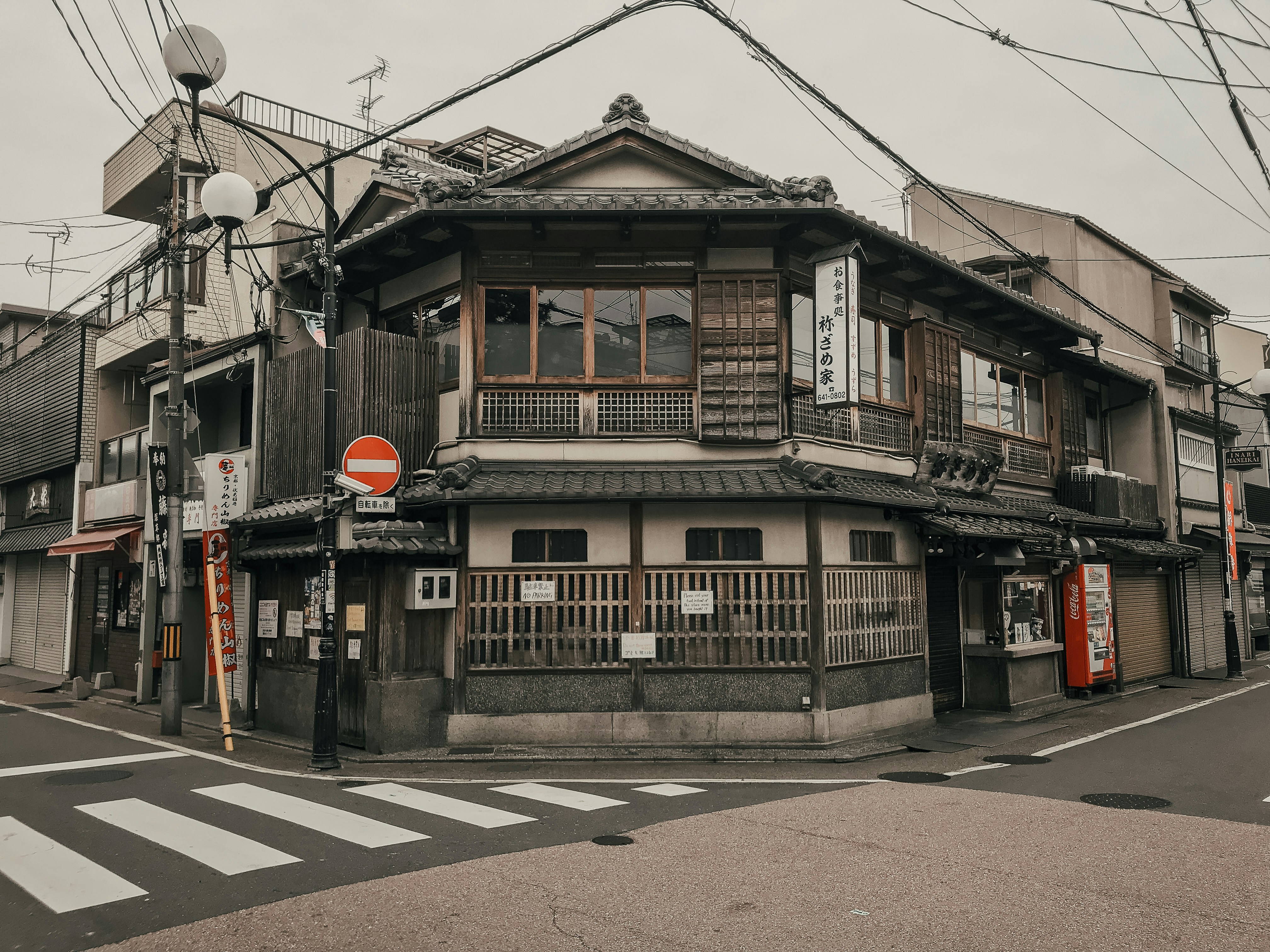Final Train Times in Tokyo: How Tourists Get Stranded Every Night

Tokyo may be known as the city that never sleeps, but its trains definitely do. Every night just before midnight, something surprises many first-time visitors: the entire train system shuts down. No more JR lines, no subways, no late-night Shinkansen. For locals, this is completely normal and they plan their evenings around the last train schedule. For tourists still out in Shinjuku, Shibuya, or Roppongi, it can turn into an unexpected and expensive lesson.
The Reality Behind Tokyo’s Last Train
Unlike cities such as New York or Seoul, Tokyo’s trains do not run 24 hours a day. The last trains usually leave between 11:30 p.m. and 12:30 a.m., depending on the route. Once that final train departs, the next one won’t arrive until around 5 a.m.
There’s a reason for this. Japan’s railway system relies on nightly maintenance to keep it running smoothly during the day. Crews use those few quiet hours to inspect tracks, signals, and electrical systems. This maintenance routine is why Tokyo’s trains are famously punctual and reliable but also why they stop earlier than travelers might expect in such a modern city.
Why Tourists Get Stranded
It happens all the time. Tourists get caught up in the excitement of Tokyo nights, singing in karaoke rooms, drinking in Golden Gai, or exploring Kabukicho’s glowing streets until they suddenly realize it’s past midnight. By then, the last train is gone.
Getting stuck in Tokyo overnight isn’t dangerous since the city is incredibly safe, but it can be inconvenient and costly. Taxis are comfortable and dependable, yet expensive for long rides. A trip from Shinjuku to Tokyo Station can cost around ¥5,000, and if your hotel is farther away, it might be double that amount.
What Locals Do Instead
Locals are experts at timing. Many Tokyoites check train schedules on apps like Google Maps or Hyperdia and plan their exit carefully. Some even set phone alarms to remind them when to leave. Others simply accept that they’ll be out until morning, turning the late-night hours into part of the fun. You’ll find people chatting in 24-hour cafés, napping in karaoke booths, or staying in capsule hotels until the first train starts running again.
How to Avoid Getting Stuck
The easiest way to avoid trouble is to stay aware of the time. Before going out, check your nearest station’s last train schedule and make sure you know which direction to take home. If you plan to stay out late, book accommodation close to nightlife areas like Shibuya, Shinjuku, or Roppongi so you can walk back safely.
If you miss the last train, you still have options. Many 24-hour ramen shops, manga cafés, and public bathhouses are open all night and can give you a warm place to wait. Capsule hotels are another smart choice, with clean and affordable beds starting around ¥3,000 to ¥4,000, much cheaper than a taxi across town.
Tokyo at 2 A.M.
If you ever find yourself stranded, don’t panic. Walking through Tokyo at 2 a.m. can be a memorable experience. The city feels calm and almost otherworldly. Streets are quiet, signs still glow, and vending machines light up every corner. Convenience stores stay open, and a few bars keep their doors unlocked for night owls. It’s a different side of Tokyo that most people never see.
The Bottom Line
Missing the last train in Tokyo is almost a rite of passage for visitors. It teaches you something about the city’s rhythm precise, organized, and unapologetically on schedule. While it might cost you a taxi ride or a capsule bed, it’s rarely a disaster. The key is to plan ahead, watch the time, and embrace the moment if plans go sideways.
So the next time you’re sipping a late-night drink in Shinjuku, check the clock before ordering another round. Because once that final train leaves, you might just end up discovering Tokyo in a completely different way.



